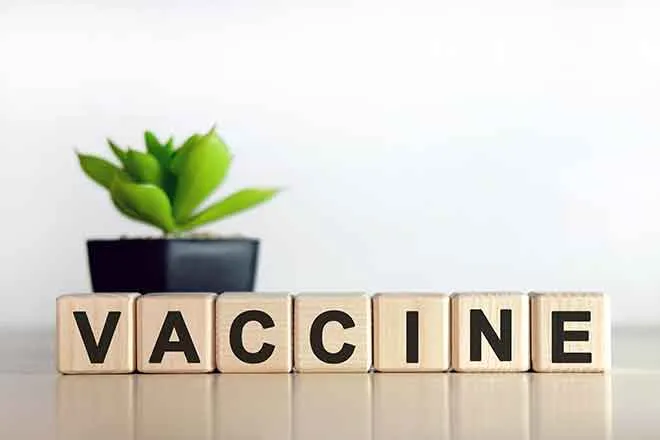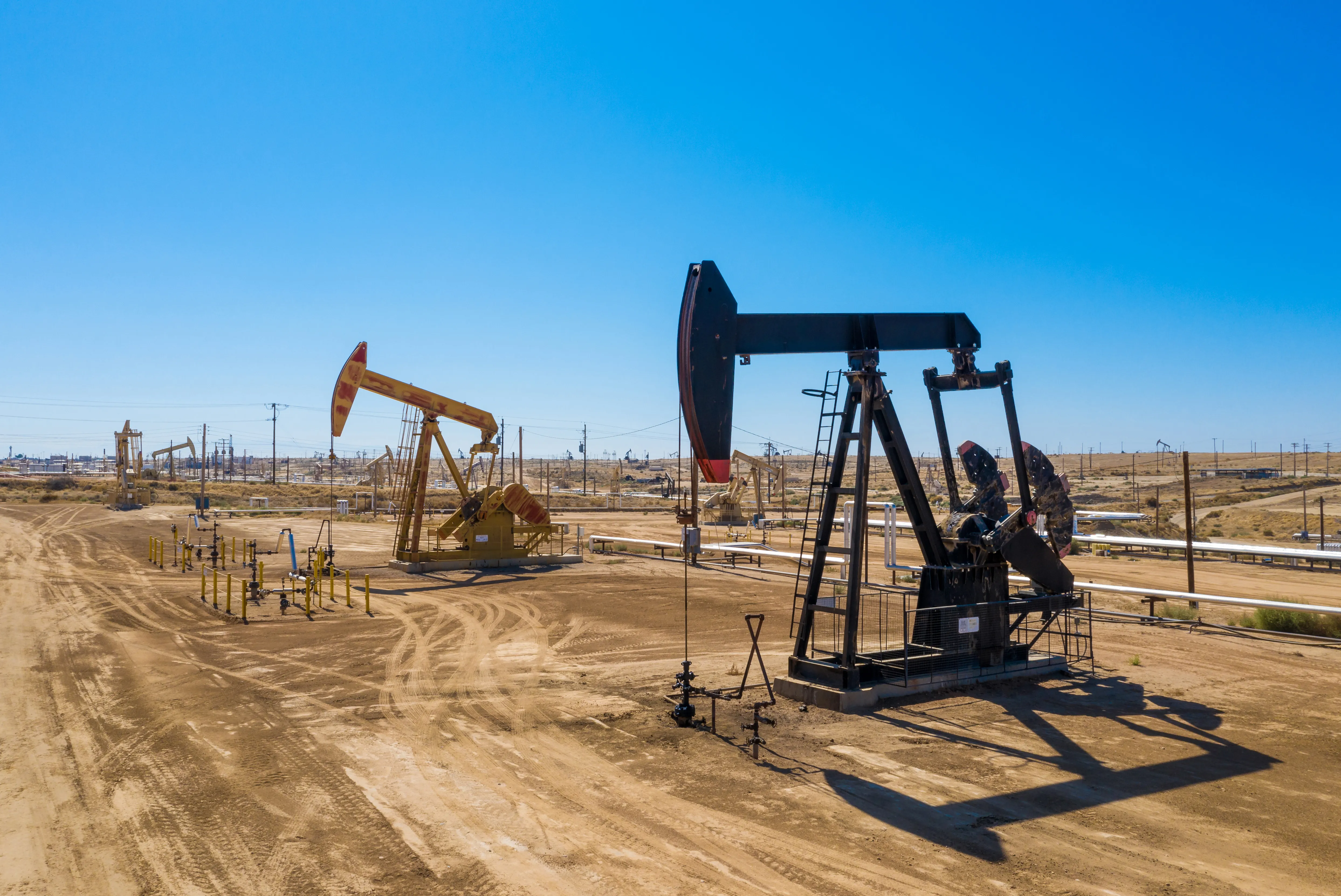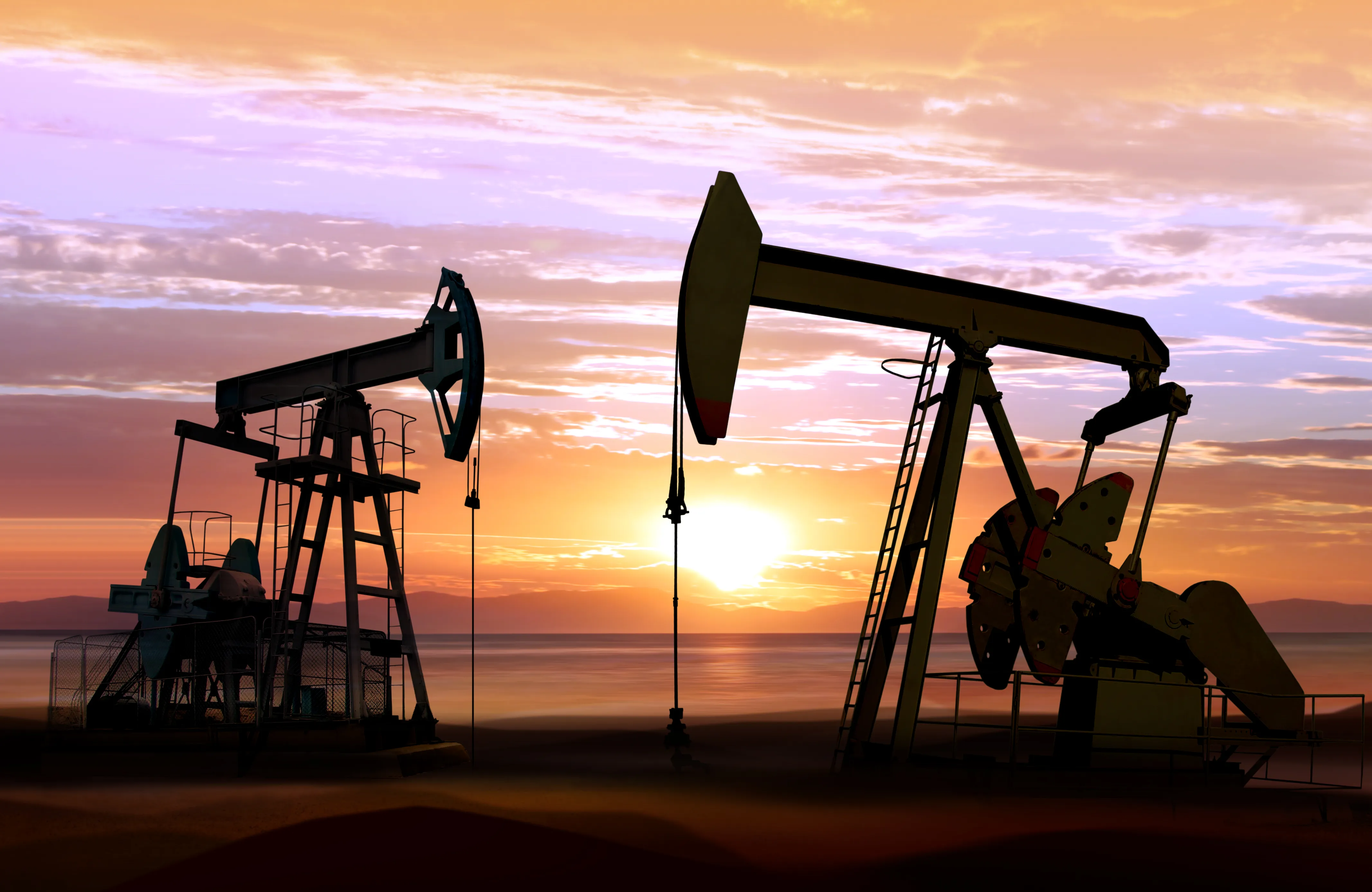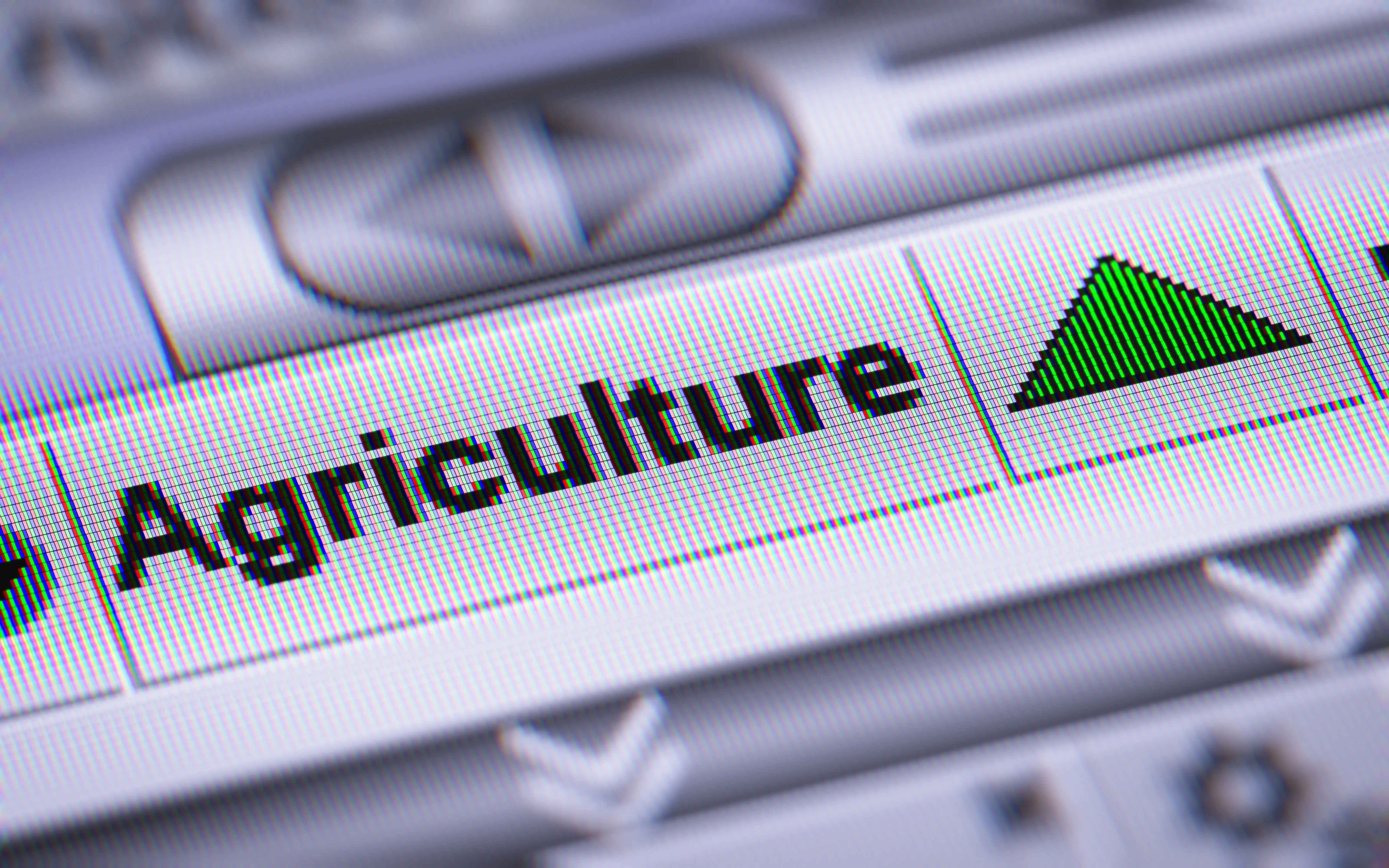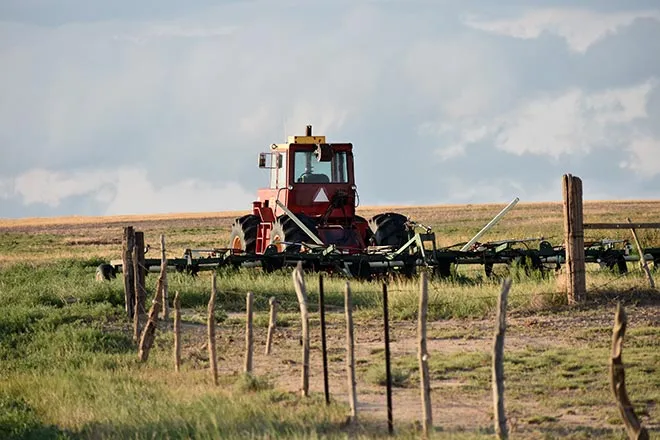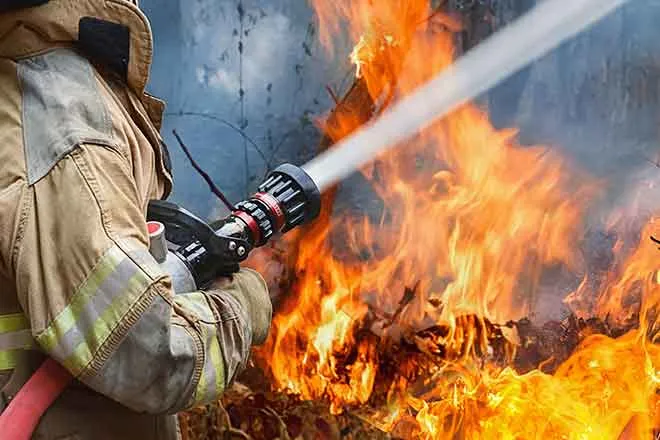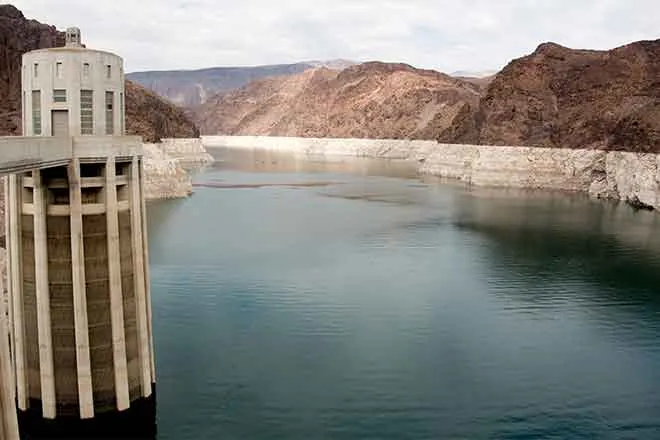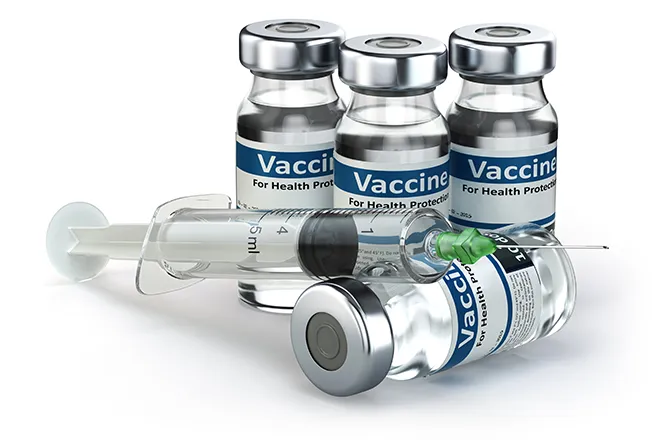
Advocates blast EPA over 'inaction' on factory farm confinement rules
Clean-water activists are angry over a decision by the U.S. Environmental Protection Agency to sidestep action on threats to water posed by factory farms.
A group of petitioners, including Iowa Citizens for Community Improvement, called on the EPA six years ago to toughen regulations.
Along with dozens of other organizations, Iowa CCI petitioned the EPA in 2017 to strengthen its factory farm water pollution regulations under the Clean Water Act.
In a recent decision, the EPA announced it would form a committee to study the issue rather than impose any new regulations or require Iowa regulators to enforce existing law more strictly.
Chair of Iowa CCI's Board of Directors Barb Kalbach said the EPA's inaction creates unsafe water conditions for Iowans.
"Too dirty to swim in or fish in or whatever, have recreation in," said Kalbach. "That's mostly what we get. So, we had hoped the EPA could pressure the state of Iowa to enforce regulations."
Kalbach argued that the EPA's weak rules have left the large-scale livestock industry mostly unregulated.
Iowa produces nearly 24 million hogs a year, highest in the nation.
In its ruling, the EPA says it shares environmental concerns over the large livestock operations and agrees many may be in violation of the Clean Water Act - but stopped short of strengthening regulations and instead announced an advisory committee to further study the issue.
Kalbach called this type of inaction typical.
"My reaction was color me surprised," said Kalbach. "I have absolutely no faith that a committee will make any kind of decision or any kind of recommendation that has not been made to EPA for the last 15 years. Absolutely nothing will come out of that. "
Large-scale livestock feeding operations, also known as CAFOs, are well-known sources of water pollution in Iowa - where, left unchecked, nitrates can leach into nearby rivers, lakes and streams, making the water dangerous for both humans and wildlife.


